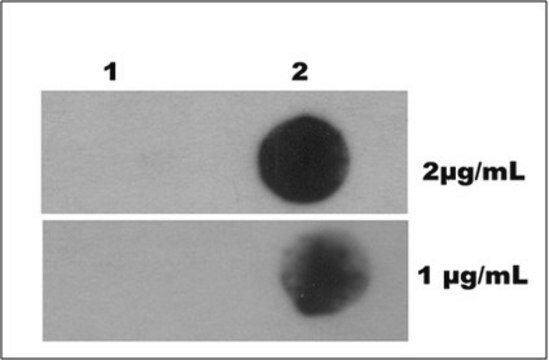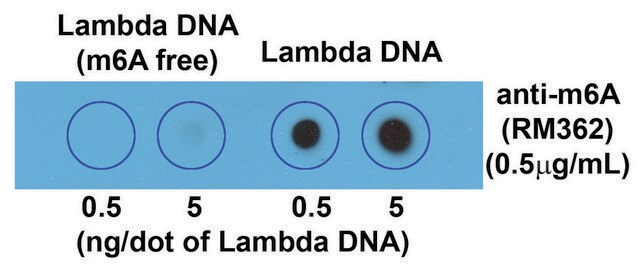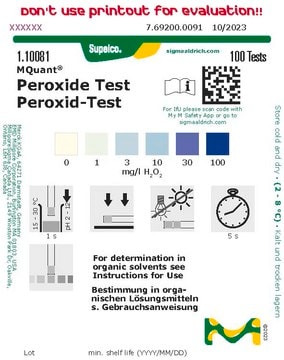MAK165
Fluorimetric Hydrogen Peroxide Assay Kit
sufficient for 500 fluorometric tests (red fluorescence)
Synonym(s):
Hydrogen Peroxide Quantification Kit
About This Item
Recommended Products
usage
sufficient for 500 fluorometric tests (red fluorescence)
detection method
fluorometric
relevant disease(s)
cardiovascular diseases; aging/geriatric diseases; orthopedic diseases; pulmonary disorders; neurological disorders
storage temp.
−20°C
Related Categories
General description
Features and Benefits
Suitability
Principle
Signal Word
Danger
Hazard Statements
Precautionary Statements
Hazard Classifications
Acute Tox. 4 Oral - Resp. Sens. 1
Storage Class Code
10 - Combustible liquids
Flash Point(F)
Not applicable
Flash Point(C)
Not applicable
Certificates of Analysis (COA)
Search for Certificates of Analysis (COA) by entering the products Lot/Batch Number. Lot and Batch Numbers can be found on a product’s label following the words ‘Lot’ or ‘Batch’.
Already Own This Product?
Find documentation for the products that you have recently purchased in the Document Library.
Customers Also Viewed
Our team of scientists has experience in all areas of research including Life Science, Material Science, Chemical Synthesis, Chromatography, Analytical and many others.
Contact Technical Service









